Daniel und die Kunst
The Art Power Couple
Daniel und die Kunst – The Art Power Couple

»Our gallery was born out of pure passion, which also gives us a positive, uncompromising attitude.«
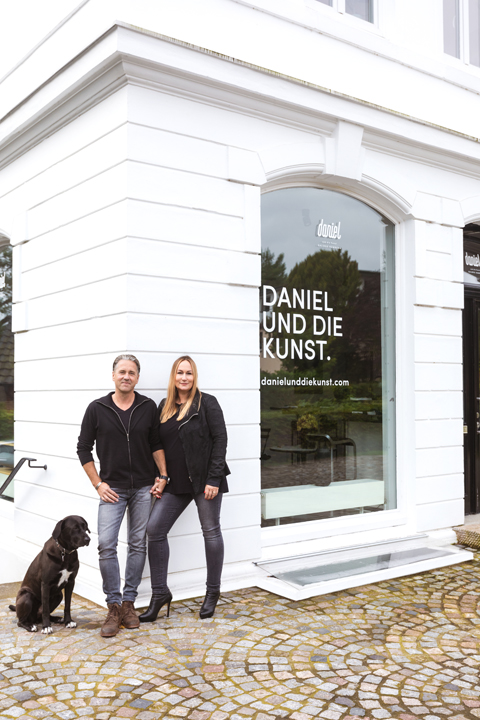
Which artwork or artist gave you a first conscious access to art?
BD: For me, it was Elvira Bach. A quirky woman and artist. She actually painted women but not necessarily in a favourable way. So incredibly protruding hips, huge breasts and huge lips. I was fascinated by the way she painted women.
VD: For me it was Otto Müller – but also Ernst Ludwig Kirchner, nearly all the Expressionists. That was my start into the art world.
You state on your website “Art is, next to time, the luxury one should allow oneself as often as possible.” What does art do to you personally?
BD: When I paint myself, it’s the freedom to be creative. Having time to paint is the greatest luxury for me. It is a luxury that we want to treat ourselves to and for which we are also prepared to give a lot of energy and time. That always makes exhibitions a great adventure. You see the art, but you can also get to know and understand the artists behind it. It’s just great luck to be able to offer something like that.
For example, we were recently in Paris at the Picasso Museum and once again experienced this effect ourselves as visitors. It’s about this special kind of freedom that Picasso claimed for himself. It made a lasting impression on me and resonated for a long time.

When and how did you meet?
VD: Almost five years ago in a bar at 1 am in the morning, the old school way (smiles).
BD: After about an hour, Volker said to me: “Okay, but if you marry me, you have to take my name.”. After a week we met again (smiles).
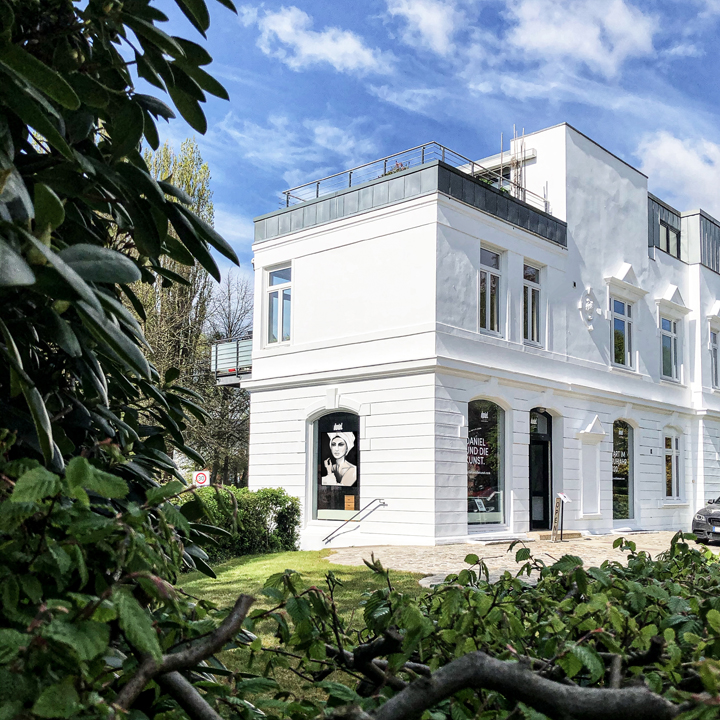
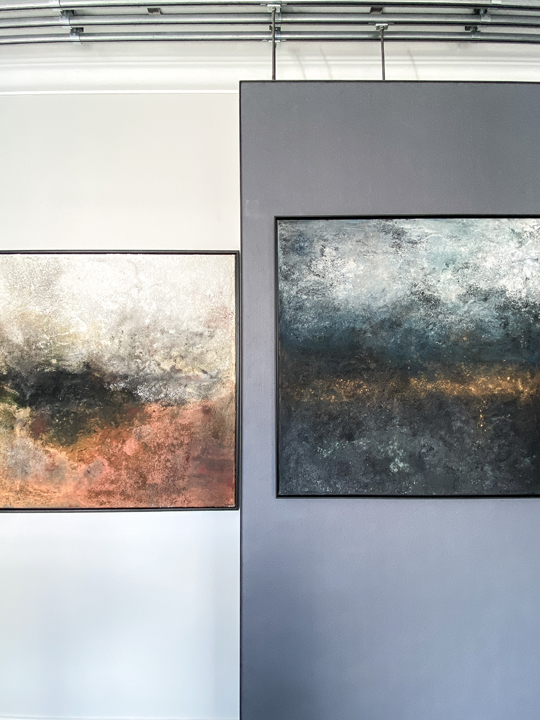
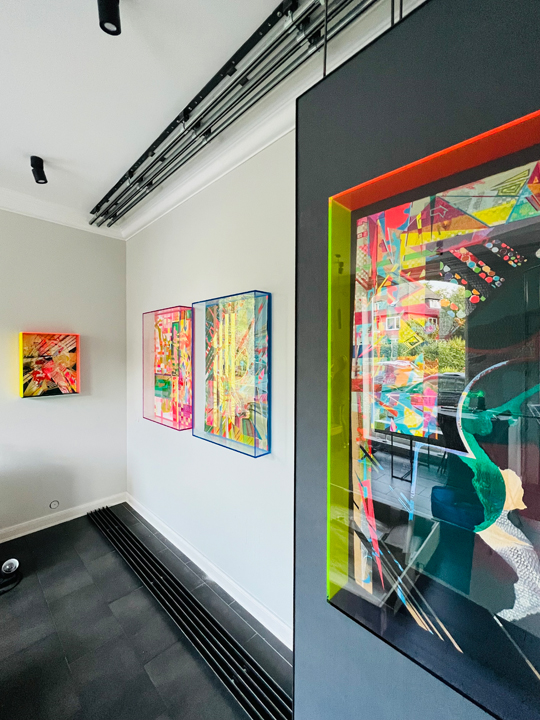
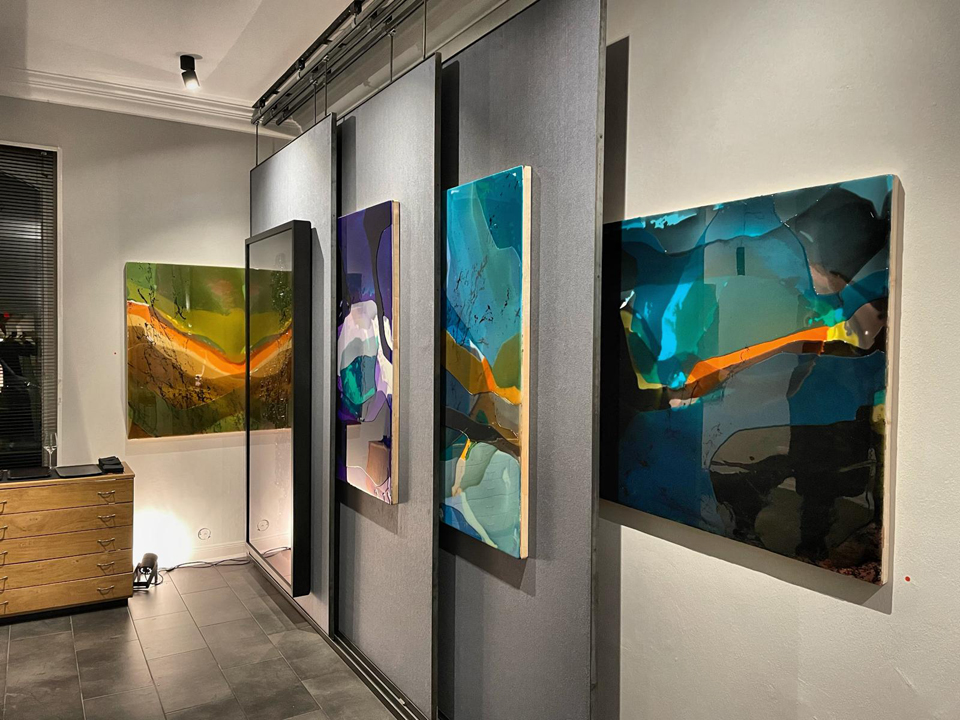
How did the idea of opening your own gallery come about? Was there one of you who first brought up the idea?
VD: That was me, I guess. We started working a little less and Bianca started painting again. That was 2019. There were people interested in her works, but we didn’t feel like doing all this at our home. Also, Bianca was just looking for a new office and so we started looking for spaces.
Then we found this location and very quickly decided to open a real gallery here, also for other works and artists. This is how it all began, almost incidentally, so to speak, and in the first step we asked artists who were friends of ours.
But you certainly didn’t want to open “just another” gallery. What do you consciously do differently?
VD: We consciously wanted to turn our gallery into a kind of second home from the very beginning. Not only for us, but also for our guests. People should feel comfortable, be happy to stay and come back.
BD: We didn’t want to become an aseptic gallery but create lively spaces for communication, like a living room. The special furnishing of our gallery then emerged organically in the course of the development process. Our self-designed hanging-system, which creates even more space on the wall, our vintage furniture and many other little things that make it very charming in the end, I guess.
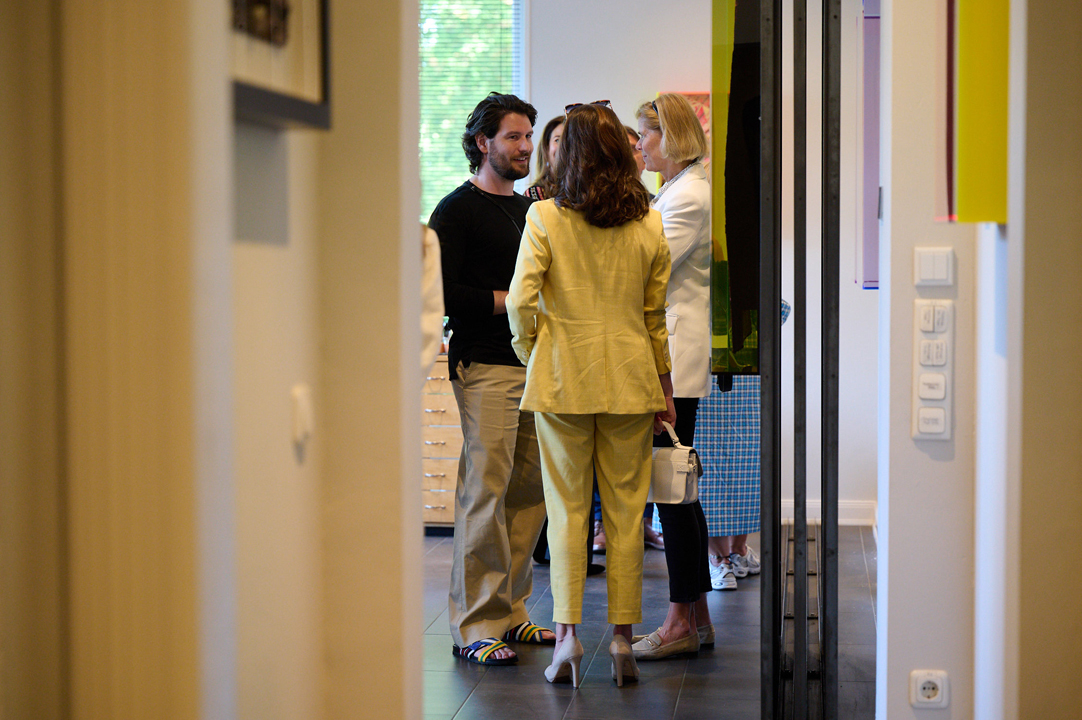
How do you define your portfolio of what you want to present?
BD: Of course we wouldn’t hang art that we didn’t like. Basically, however, the interpersonal feeling with the artist has to be right first. There have been artists who wanted to exhibit here but we couldn’t, because the chemistry wasn’t right. Our gallery was born out of pure passion, which also gives us a positive uncompromising attitude when it comes to choosing artists or art. You can’t have one without the other. It is always the overall story that is important for us, the person and the work.
How do you discover artists these days?
BD: At the moment, often through our ever-growing network. Artists we present bring other artists who also want to work with us and so on. Some things also happen via social media or guests suddenly turn out to be artists who do fantastic stuff.
VD: We sometimes follow recommendations and first visit the artists on site in their studios. In order to establish contact and check out whether there is potential, and the chemistry is right.
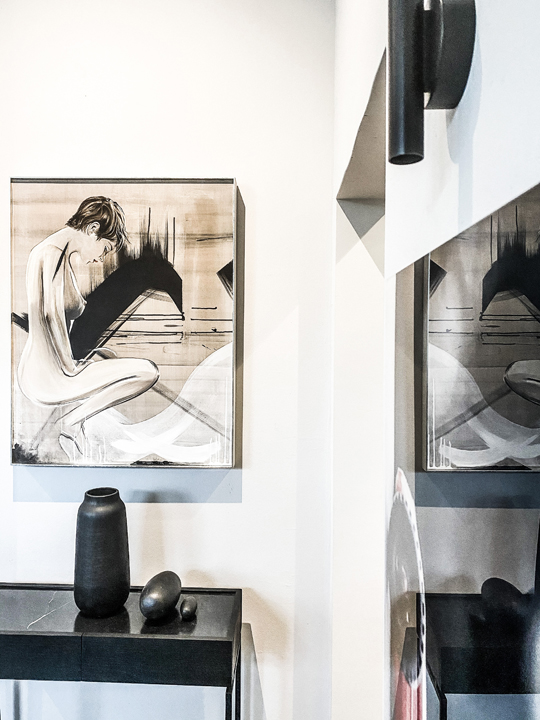
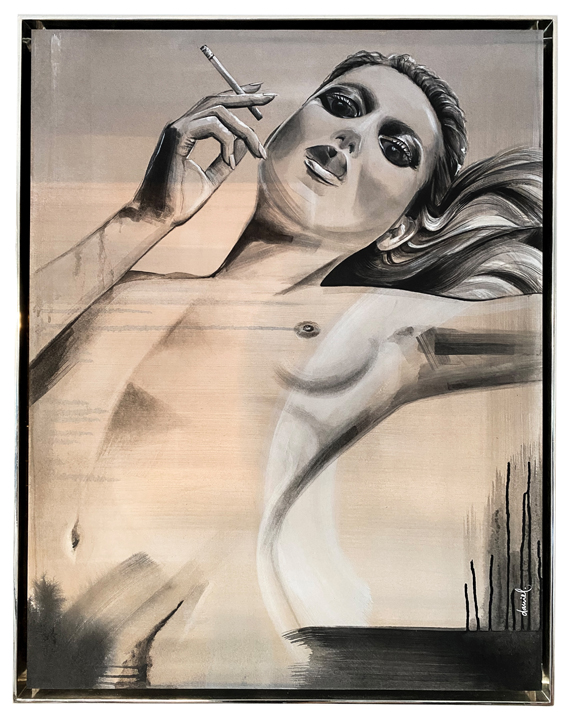

Is there a waiting list?
BD: In fact, we also make sure that we set the right priorities. Especially towards the artists we represent exclusively. After all, they have legitimate expectations of us that have to be met. We don’t just hang up the pictures and wait patiently until someone comes along. We consciously go further. We want to grow with our artists, and a conceptually well-thought-out marketing is an essential part of that.
VD: That’s a very big bonus that we bring to the game: the artist and his or her art are equally important to us. We want to tell the stories of exactly these two aspects and our customers appreciate that very much.
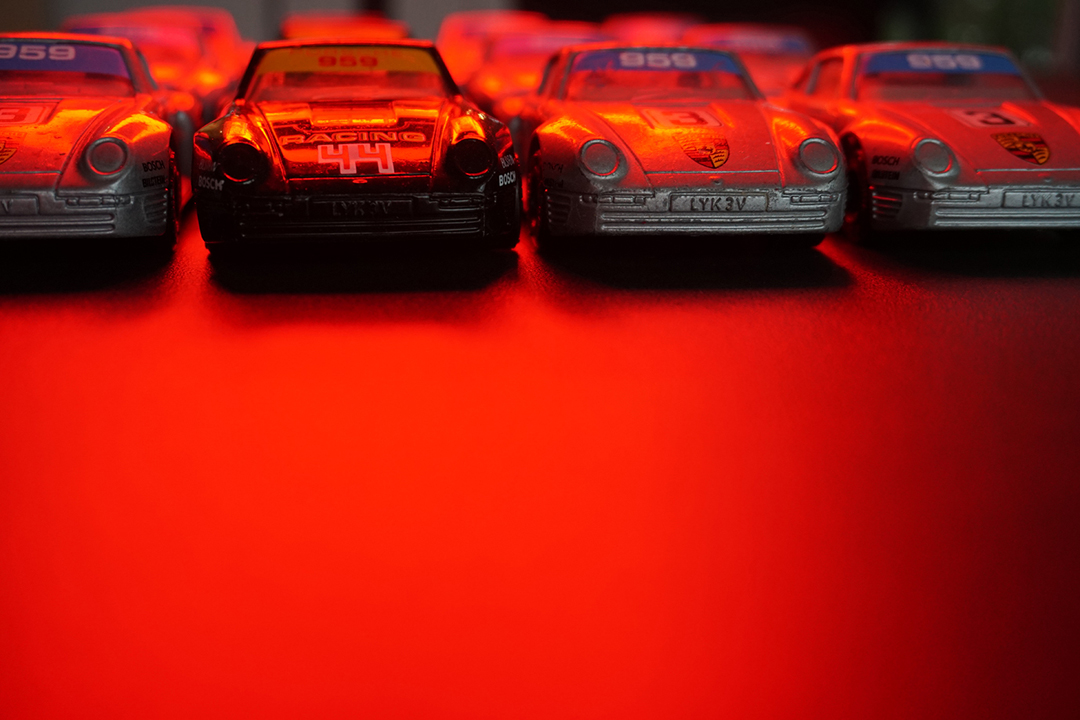


You present Moritz Morbach in the gallery right now, a newcomer. How did you come to meet him?
BD: At the Affordable Art Fair here in Hamburg. We met Moritz and Armin there and a mutual friend introduced us. We got to talking and Moritz showed us a couple of photos of his works on his mobile phone and felt our spontaneous enthusiasm and appreciation.
We met again very quickly after that and decided that we wanted to work together. Within three months we planned and realised his first exhibition.

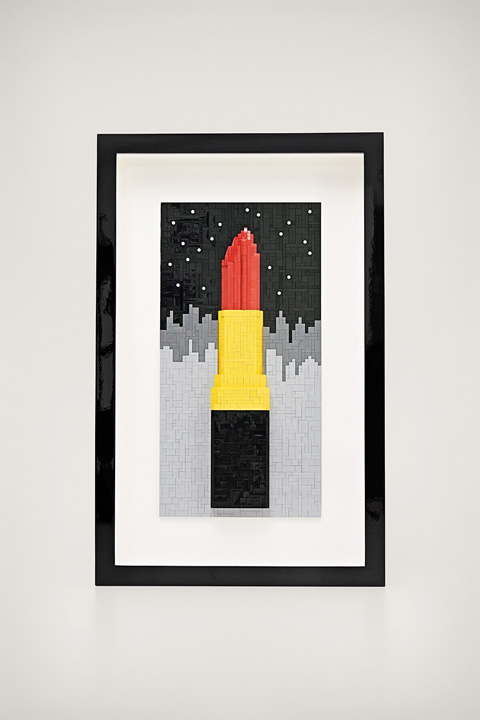
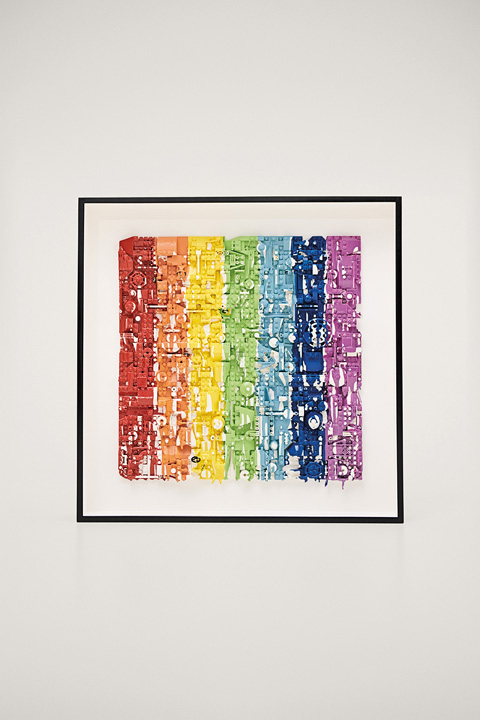
Where do you find inspiration beyond your own cosmos?
VD: We recently spent a few days in the Marais district in Paris and visited every gallery there is. That happened to us in Berlin, too, but otherwise, we really like to just drift and be inspired by all the aspects we come across.
BD: New York inspires us again and again, and then it’s not so much certain museums, but rather certain neighbourhoods that fascinate us. I’m inspired by the murals on the buildings, the people, the life on the streets, the hustle and bustle. Helsinki comes to mind, and of course Copenhagen… and for example Saint-Remy-de-Provence in the south of France.
You are both creative yourselves. When did the path to your own art begin for you?
BD: For me, of course, it started very intuitively when I was seven years old. But I actually started earning my first money with my illustrations at the age of 17 and was also very active in terms of exhibitions in my youth. Instead of studying graphic design, I did an apprenticeship as a typesetter. My goal was always to be self-employed, so I started my own agency relatively quickly after that.
VD: I did many different jobs before I studied, and I also learned carpentry. I always loved drawing furniture and building it myself. That was basically the first outlet for my creativity before I was able to take it in other directions in my profession as an architect myself. My preference for photography came about almost incidentally when I started collecting my Matchbox cars and allowed myself more time to try things out.
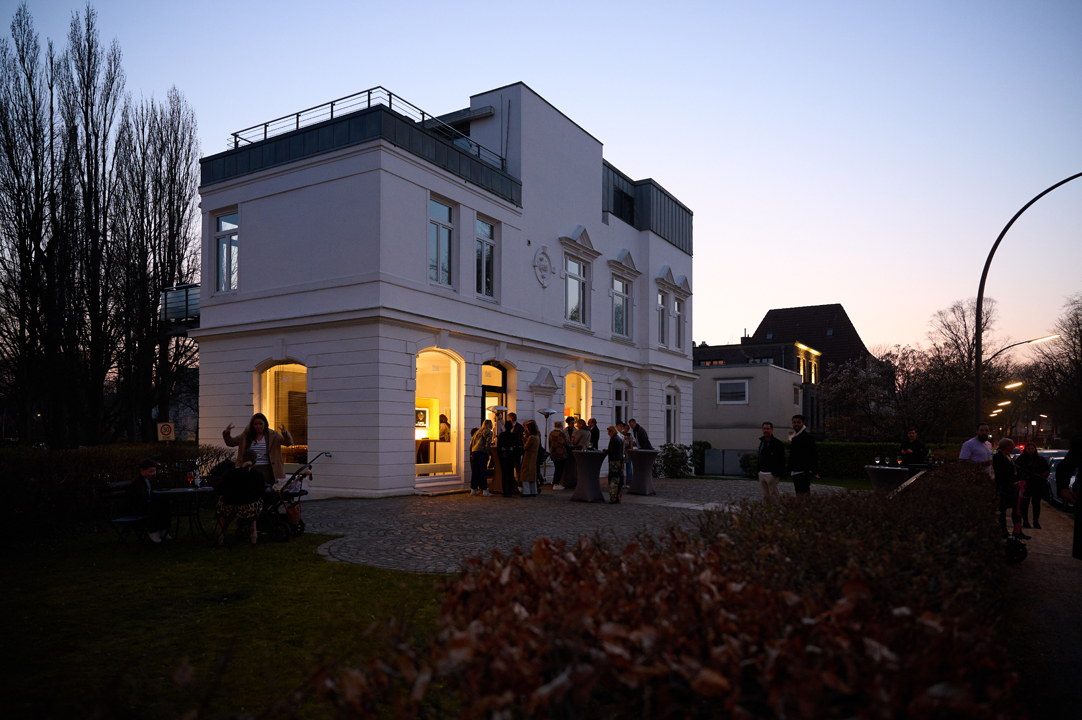
Does your own creative work also help you to understand the artists and their challenges better?
BD: Definitely. We can relate to many problems, issues and criticisms directly from our own experience. Not only can you understand it, but in the best or worst case you have experienced it all yourself. That goes all the way to banal technical aspects, but they are also important.
You said that the gallery should be like a living room or a communication platform in the best sense. In this context, are there also plans to include other art forms?
VD: We did a combination of exhibition and reading with the actor and artist Bruno Apitz right at the beginning, and it was very well received. We also see ourselves as a location for cultural events and enjoy trying things out.
BD: … and we are generally open to all possible formats, just as we are not exclusively bound to the gallery location. We would also do a pop-up store at any time to present our art in another setting. Let’s see what the future brings (smiles).
Thank you, Bianca and thank you, Volker!


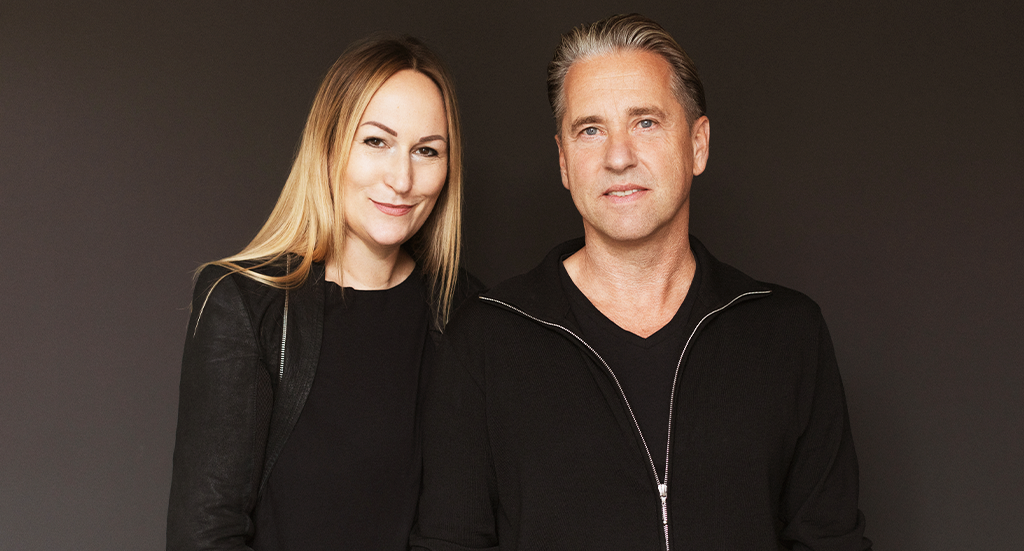
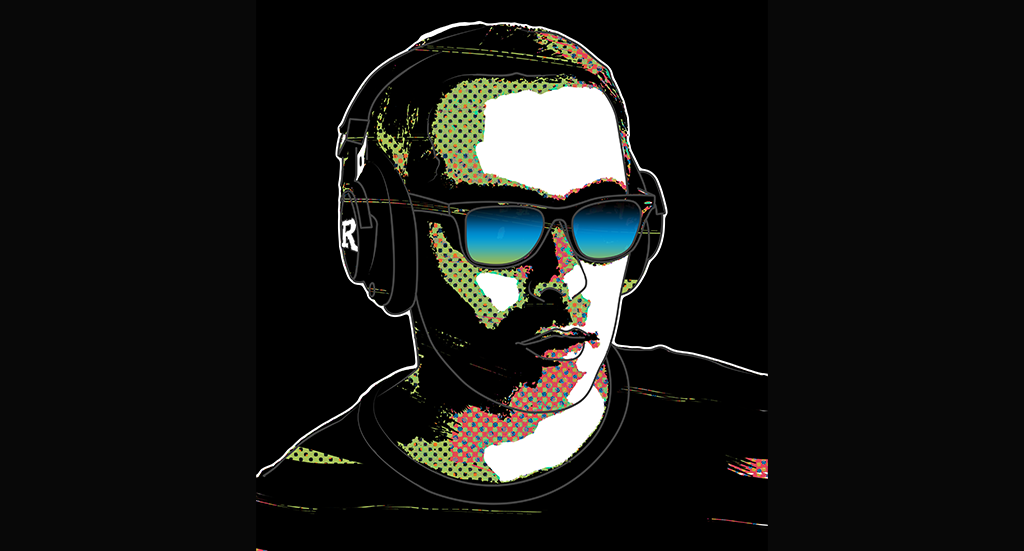
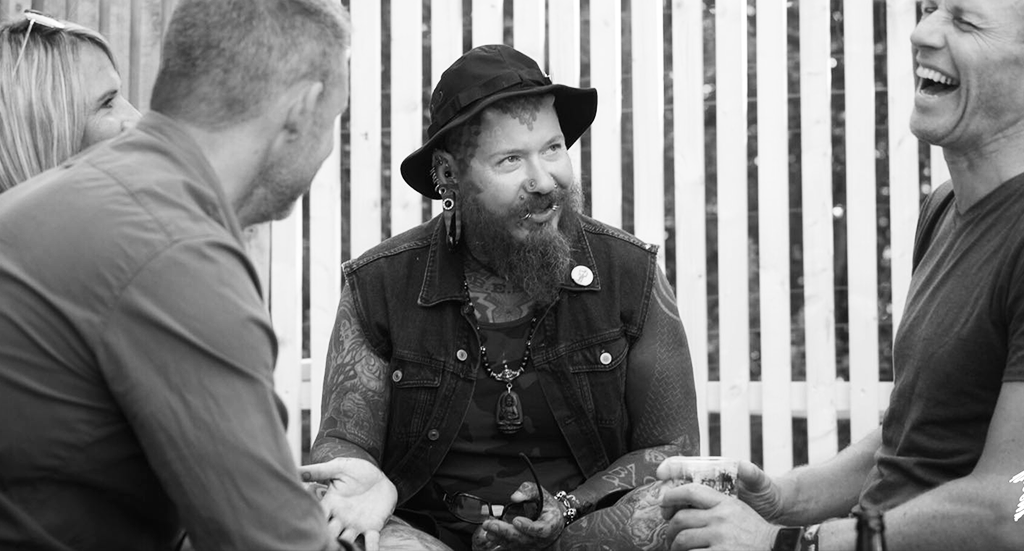
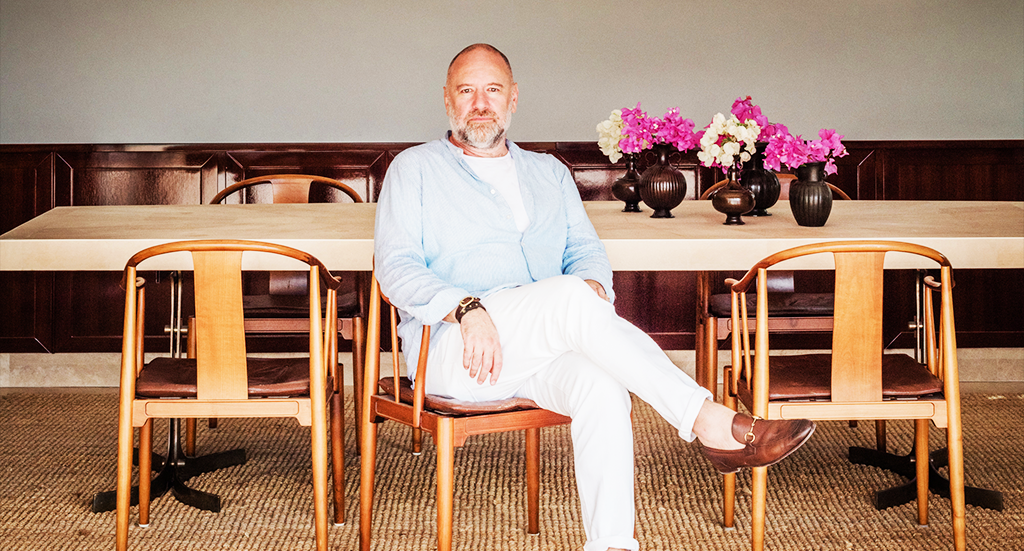
Join our Community